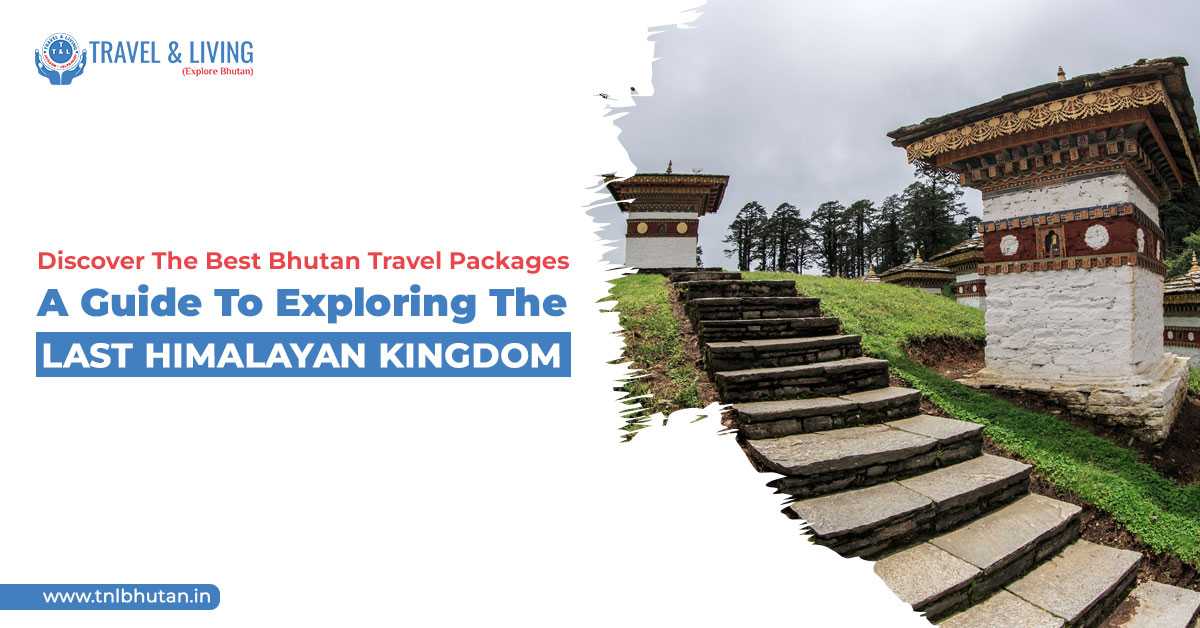Bhutan is the realm of mystery, mountains, monasteries, and Dzongs. Dzong is a typical kind of architectural fortress style utilized mainly in Bhutan and the ancient Tibet. The architecture is tremendous in style with lofty surface walls including a network of temples, courtyards, administrative offices, and priests’ dwelling place. Dzongs or Bhutanese fortresses are architectural gems established in the era gone by to attend many requirements. They served as governmental centers and as residences for the priests. They were also utilized as blockhouses by the soldiers and people assembled in the Dzong yards during Tshechus and celebrations. Presently, it has charmed the travel fanatics and history enthusiasts from worldwide. It has never failed to awe-struck the spectators with its mysterious and intricate designs. The craftsmanship, devotion, and the brilliance of the Bhutanese rulers and architectures is clearly detected in these Dzongs. So, here are some interesting facts about these historical relics and the reason behind its emergence and establishment across the Dragon Kingdom.
1. Classification of Dzongs: Dzongs are of 3 types –

- Pre-Zhabdrung Dzongs,
- Zhabdrung-era Dzongs, and
- Post-Zhabdrung Dzongs.
However, the Dzongs established during the time of Zhabdrung Ngawang Namgyel beginning from the Simtokha Dzong in 1629 are most significant in Bhutanese history.
2. The origin and the purpose of the Bhutanese Dzongs:
Bhutanese fortresses or Dzongs emerged in the 12th century and its main purpose was to repel enemy’s invasions and to serve as the quarters of central authority. Thus, Dzongs were mostly built on the top of mountains, facing a valley or conflux of two rivers, the most unprotected regions from where the invaders are likely to enter into Bhutanese dominion.
3. Dzongs are the personification of victory:

Dzongs in Bhutan speaks of the battles fought between Bhutanese and the Tibetans from the north, Bhutanese, and British-Indians from the south. Dzongs are the logo and the epitome of victory over the invasions that Bhutanese achieved during ancient times.
4. Dzongs are the treasure chest and museums:

Dzongs are also museums containing religious, cultural, and historical evidence that is beyond the worth. Besides, Dzongs or fortresses are where the answer to the complex queries about myths and legends lay in.
5. Dzongs are the governing center, spiritual center, and habitation for the priests:

Dzongs have always served both as the centers of power and also as centers of culture and religion. Maximum Dzongs have monasteries that serve as a home for monks and provide them a spiritual education. Despite, official section of a Dzong and the religious sector are clearly separated.
6. Physical features of Bhutanese Dzongs:

Dzongs were normally built of stone and hammered clay. It owns only one entrance and it is commonly made of wood. The governmental offices, armories, apartments for the priests and the storerooms are constructed in the outward walls of the Dzong. The pillars holding the gallery are lavishly embellished with themes such as lotus flowers, clouds, and the head of a sea-beast called Makara. A broad red band called the ‘khemar’ just under the roof of the structure indicates the spiritual nature of the Dzong. The rooftops of the Dzong have a moderate slope and are built one or two meters high above the last gallery and create large overhanging eaves. Bhutanese fortresses or Dzongs are architecturally brilliant and treasures some of the exceptional paintings, carvings, sculptures, antique hand calligraphed texts, rare artifacts, and textiles. The stone walls of fortresses are magnificent, coated in white, and with raised windows that are entirely unreachable from outside. The windows are coated in black. Lowest windows are extremely narrow and allow-in just a little light, while the higher ones are broader and open into the living areas. The large stone flags known as ‘dochen’ cover the lawn. In Tibet, ‘Dzongs’ indicate barrack-like erections used by local authority and soldiers. When Dzongs were first established in Bhutan, noble and influential families used them as their ‘royal castles’ for centuries.
7. The oldest Dzong of Bhutan:

The oldest Dzong of Bhutan is the Simtokha Dzong, which was constructed in 1629. Most of the Dzongs are built in the identical pattern but there are provincial variations due to the landscape and ambiance of the place.
8. The most majestic Dzong:

Trongsa Dzong is the most imposing Dzong of Bhutan with its 20 temples that are remarkable illustrations of Bhutanese architecture. It is constructed into the hillside in many stages and faces the stream underneath.
9. Dzongs are not just historically priceless but, also crucial in a democratic society of Bhutan:

Bhutanese Dzong is magnificent in terms of structure, planning than the Tibetan counterparts. Dzongs are historically compelling and also essential part of Bhutan’s independent society.
10. Important Dzongs of Bhutan:

Druk Dechen Yangtse Dzong- Built in the 17th century
Drukgyel Dzong- Located in Paro District- Built in 1649
Punakha Dzong- Located in Punakha- Built-in 1637-1638- Second oldest and the second largest
Simtokha Dzong- Located in Thimphu- Built in 1629
Tashichho Dzong- Located in Thimphu- Built in 1641
Trashiyangtse Dzong-Trashiyangtse District, Yangtse Gewog- Built in the 15th century
Trongsa Dzong- Located in Trongsa District- Built in 1543
Zhongar Dzong-Located in Thimphu- Built in the 17th century
So, venture on your quest to find out more of the magnificent Dzongs. These fortresses not only stand as relics but also speak beyond the folklore and legends. They vividly define the architectural craftsmanship of the Bhutanese people and their way of life.






